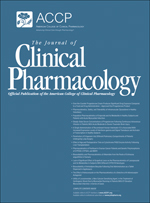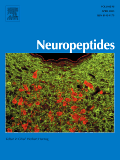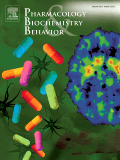
“Preclinical and clinical studies using cannabis-based therapy have been shown to provide both analgesia and anti-inflammatory effects, with an overall alleviation of clinical symptoms in animal models of arthritis, highlighting its promising therapeutic application for humans. Despite this, the development of cannabis-based therapeutics remains in its infancy, with further investigation into its efficacy and safety profile in patients still required. This synopsis reviews the various components of the endocannabinoid system in health and disease and their potential as therapeutic targets.”
https://www.ncbi.nlm.nih.gov/pubmed/28736968
http://onlinelibrary.wiley.com/doi/10.1111/1756-185X.13146/abstract


 “Extensive basic science research has identified the potential therapeutic benefits of active compounds extracted from the Cannabis sativa L. plant (the cannabinoids). It is recognized that a significant proportion of patients suffering with the debilitating symptoms of pain and spasticity in multiple sclerosis or other conditions smoke cannabis despite the legal implications and stigma associated with this controlled substance. GW Pharmaceuticals have developed Sativex (GW- 1000-02), a combined cannabinoid medicine that delivers and maintains therapeutic levels of two principal cannabinoids, delta-9-tetrahydrocannabinol (THC) and cannabidiol (CBD), via an oromucosal pump spray, that aims to minimize psychotropic side effects.”
“Extensive basic science research has identified the potential therapeutic benefits of active compounds extracted from the Cannabis sativa L. plant (the cannabinoids). It is recognized that a significant proportion of patients suffering with the debilitating symptoms of pain and spasticity in multiple sclerosis or other conditions smoke cannabis despite the legal implications and stigma associated with this controlled substance. GW Pharmaceuticals have developed Sativex (GW- 1000-02), a combined cannabinoid medicine that delivers and maintains therapeutic levels of two principal cannabinoids, delta-9-tetrahydrocannabinol (THC) and cannabidiol (CBD), via an oromucosal pump spray, that aims to minimize psychotropic side effects.” 





